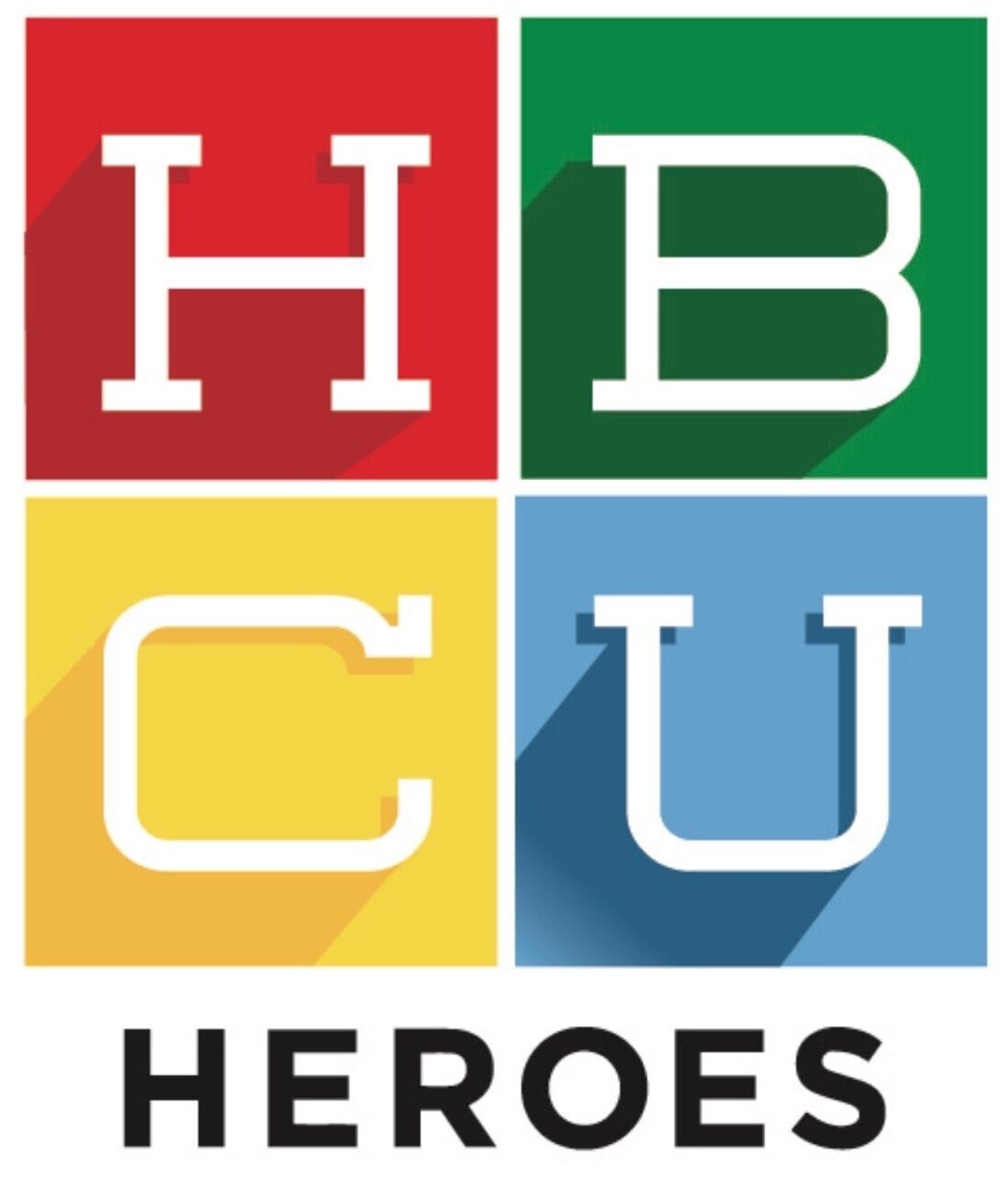Onboarding for Impact: How to Support New Hires from Nontraditional Backgrounds
Hiring someone is only the beginning. If you bring in talent from nontraditional backgrounds—first-gen grads, career changers, community college transfers, or HBCU students—you need to go a step further. You need to support them.
The early days at a new job set the tone for everything that follows. Done right, onboarding builds confidence, accelerates productivity, and fosters belonging. Done wrong—or overlooked entirely—it sends a message: you’re on your own.
Here’s how companies can design onboarding experiences that help nontraditional hires feel prepared, valued, and set up to thrive.
Why Onboarding Needs to Evolve
A one-size-fits-all approach to onboarding doesn’t work—especially for employees coming from outside the “traditional” corporate mold. These hires often bring fresh insight, practical skills, and lived experience that can benefit your entire team. But if the culture, language, or unspoken rules of the workplace feel foreign, even top talent can struggle to find their footing.
You don’t need to lower the bar. You just need to widen the ramp.
What Nontraditional Talent Actually Needs
Here’s what many early-career hires from underrepresented backgrounds are thinking—but rarely say out loud:
“I’m not sure who to ask for help without seeming unprepared.”
“I don’t want to ask too many questions and come off like I don’t belong here.”
“Everyone else seems to know how this works—was I supposed to learn this somewhere else?”
You can remove these silent roadblocks by building intentional, inclusive onboarding that anticipates these moments—and answers them before they become issues.
5 Steps to Make Onboarding More Impactful
1. Make the unspoken rules... spoken.
Explain how your team communicates, how decisions get made, and what success actually looks like. Normalize asking questions. Better yet—build time into the process for them.
📌 Action tip: Create a “Day One Playbook” with real talk—slack etiquette, how to schedule time with senior leaders, and tips from other team members who’ve been in their shoes.
2. Pair new hires with a peer guide.
This isn’t about mentorship (yet). It’s about having someone they can Slack with when they’re unsure if something is worth a meeting or a quick message. Peer guides can offer clarity, encouragement, and perspective in those critical first weeks.
📌 Action tip: Rotate peer guides every 90 days so both sides build broader connections.
3. Clarify your expectations early and often.
Don’t assume people “just know” how to show up. Set clear, role-specific goals and checkpoints. When people know what’s expected, they perform better and feel less imposter syndrome.
📌 Action tip: Replace vague goals like “take initiative” with specific outcomes like “identify one process to improve by week 6.”
4. Check in, not just check a box.
Schedule real-time conversations that go beyond task updates. Ask: How’s onboarding really going? What’s still unclear? How are you feeling about your place on the team?
📌 Action tip: Assign managers a short onboarding checklist with intentional questions to help uncover barriers and build trust. You can use this one here.
5. Connect their work to real impact.
When you show new hires how their role matters—from customer experience to company growth—you help them feel part of something bigger. That’s how you build loyalty early.
📌 Action tip: On Day One, introduce a story about a client win or company milestone that connects directly to the new hire’s function.
It’s Not Just Onboarding—It’s Belonging
If you want your team to reflect the world you serve, your onboarding needs to do more than introduce a tech stack and office protocols. It should signal that this place was built for them to grow—not just survive.
💙 Help Us Build the Pipeline
At HBCU Heroes, we partner with companies to open doors for students and early-career talent from underrepresented backgrounds. But for many, the journey to the workforce is filled with barriers—tuition gaps, housing insecurity, and lack of access to mentorship.
That’s why we launched the Dollars for Scholars Campaign, raising $5 million to fund scholarships, paid internships, and career-readiness programming for students who need it most.
You can be the reason someone shows up ready—not overwhelmed—on their first day.
👉 [Donate today and help build the pipeline for tomorrow’s leaders.]

